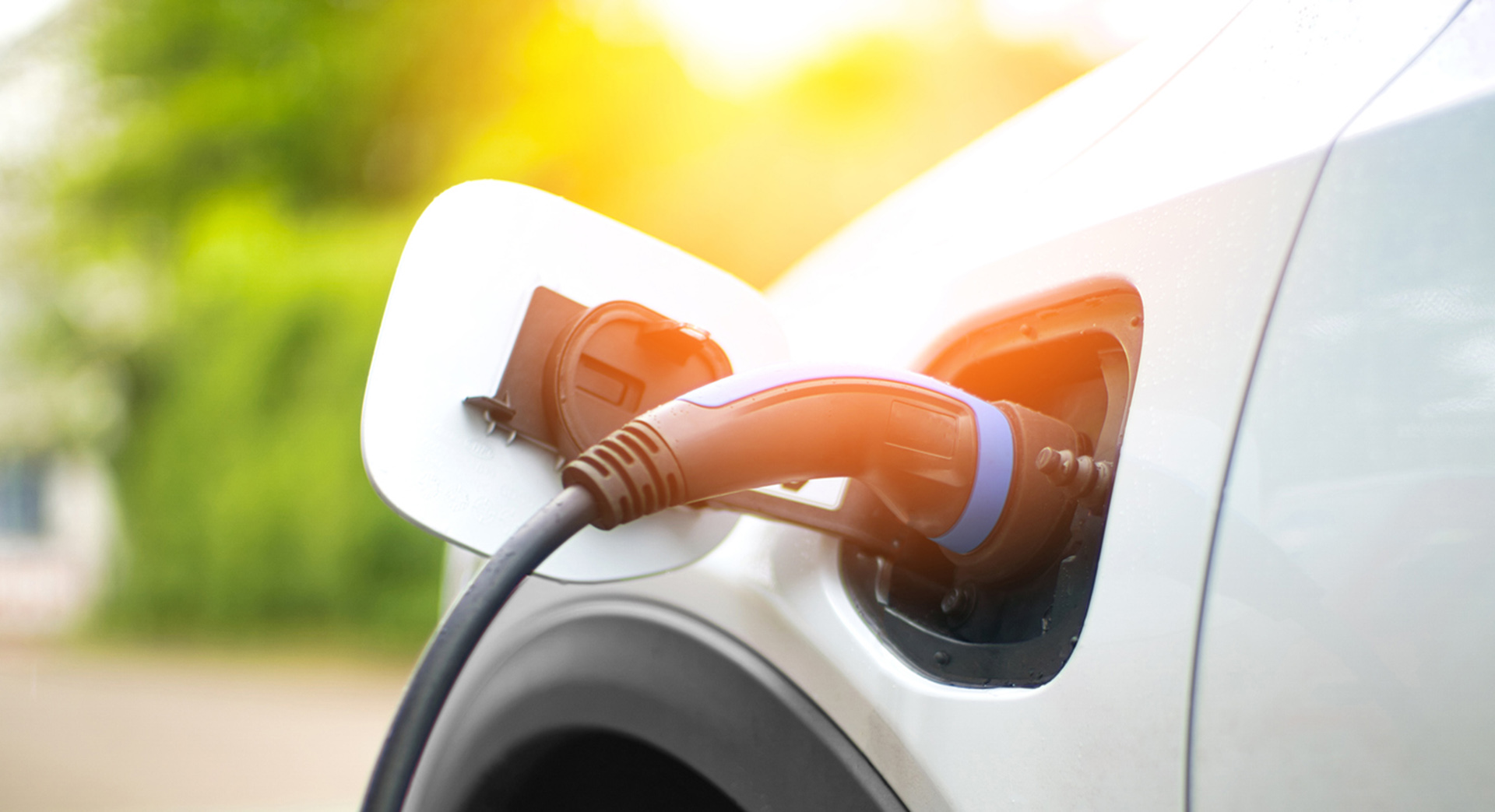When referring to electric vehicles the tendency is to believe that the battery cells, the real technological heart of the vehicles, can contain raw materials and rare metals which are difficult to obtain on international markets.
Today’s cell for batteries intended for electrical cars is composed of four elements: cathode, anode, electrolyte and separator. The type of cell is identified by the code of the metals of which the material is composed. For example, the cathode cell is either NCM or LFP: NCM stands for lithium (not included in the code), nickel, cobalt and manganese, while LFP signifies lithium, iron and phosphate.
In the current production of battery-run vehicles, cobalt – a rare matter identified in the cathode – is the metal which is the most costly and difficult to obtain as its extraction is subject to unstable and complex social-political dynamics. Most cobalt mines, in fact, are situated in the Democratic Republic of Congo, followed by Russia, Australia, the Philippines and Cuba. The earth’s resources of this rare material amount, however, to around 25 million tons: it’s, therefore, a difficult metal to obtain and is situated in geopolitically unstable countries (with the exception of Australia), but there is a discrete quantity of it available at global level.
It is estimated that around half of the cells intended for the production of vehicles are already of the LFP Lithium Iron Phosphate (LiFePO4) type. LFPs are already without cobalt and are mostly used for the production of electric vehicles with medium autonomy, but with a significant limitation, that is, low energy density.
The chemical combination currently most used is the NCM (Nickel, Cobalt Oxide and Manganese) type; today’s critical geopolitical situation, however, linked predominantly to the Russia-Ukraine conflict, could cause a possible interruption in the supply chain and procurement of nickel; these are problems which are in addition to the difficulties associated with the extraction of cobalt. Between 2020 and 2021, at world level, there was a 96% increase in the demand for nickel and 95% for cobalt. Indonesia is the country with the highest extraction of nickel in the world, followed by the Philippines, New Caledonia, Russia, Australia, Canada, China, Brazil, Cuba and Guatemala.
Why is the NCM chemical combination currently used?
NCM cells with lithium are of uniform quality and have high energy density; today it’s the combination with the greatest global industrial production capacity, accounting for around 60% of the total. NCM cells are, therefore, today the most used cells in the rechargeable lithium battery sector (source: Bloomberg New Energy Finance).
New chemical combinations for high-performance vehicles
Porsche has developed the use of a silicon anode instead of the trendier graphite one for its high-performance cars, with cells of a different and exclusive chemical composition. Thanks to silicon, in fact, the car maker has achieved improved performances in charging, compactness, energy density and, most of all, thermal management and resistance to high temperature. This element, however, seems to produce a shorter duration of the cells compared to more commonly used and longer-lasting chemicals.
Solid state batteries
Back in 2017 a new “solid state” technology was announced by the Nobel Prize winner for chemistry, John B. Goodenough. The inventor of the lithium battery, together with his current team at Texas University, had apparently invented a cell for glass batteries. The use of glass for battery packs, replacing lithium, would have significant advantages such as greater autonomy, achievable also with reduced charging times, thermal stability and a much longer duration compared to current cells. It seems, moreover, that the cells with glass can resist temperatures as low as -20°C and up to +60°C, therefore needing “thermal management” systems on board cars which are decidedly less heavy, performing and refined compared to those used today to keep the lithium batteries of electric vehicles at a suitable temperature.
Conclusions
Geopolitical tensions, the ease of obtaining raw materials, their market price and the research for chemicals with better performance parameters (higher energy density and longer duration) will give a further innovative push towards the development of better-performing chemicals for the cells of battery packs of the future.
At present, research and development of current batteries has been concentrated on the cathode. It will, therefore, be important to understand if, following the example of Porsche, other competitors will arrive on the market interested in different solutions from graphite.
Thanks to accelerated simulations in the laboratory of the real use of batteries, applicable on different types of vehicles, Reinova is ready to support its partners in finding the best possible solutions in rapid timeframes: from micro-mobility (scooters and e-bikes) to off-highway machinery for agricultural mechanisation and for the earth-moving and construction sector.
Glossary
LFP = Lithium, Iron, Phosphate; scientifically the combination would be LiFePO4
NCM = Nickel, Cobalt Oxide, Manganese (lithium is not mentioned, but is a base component)
